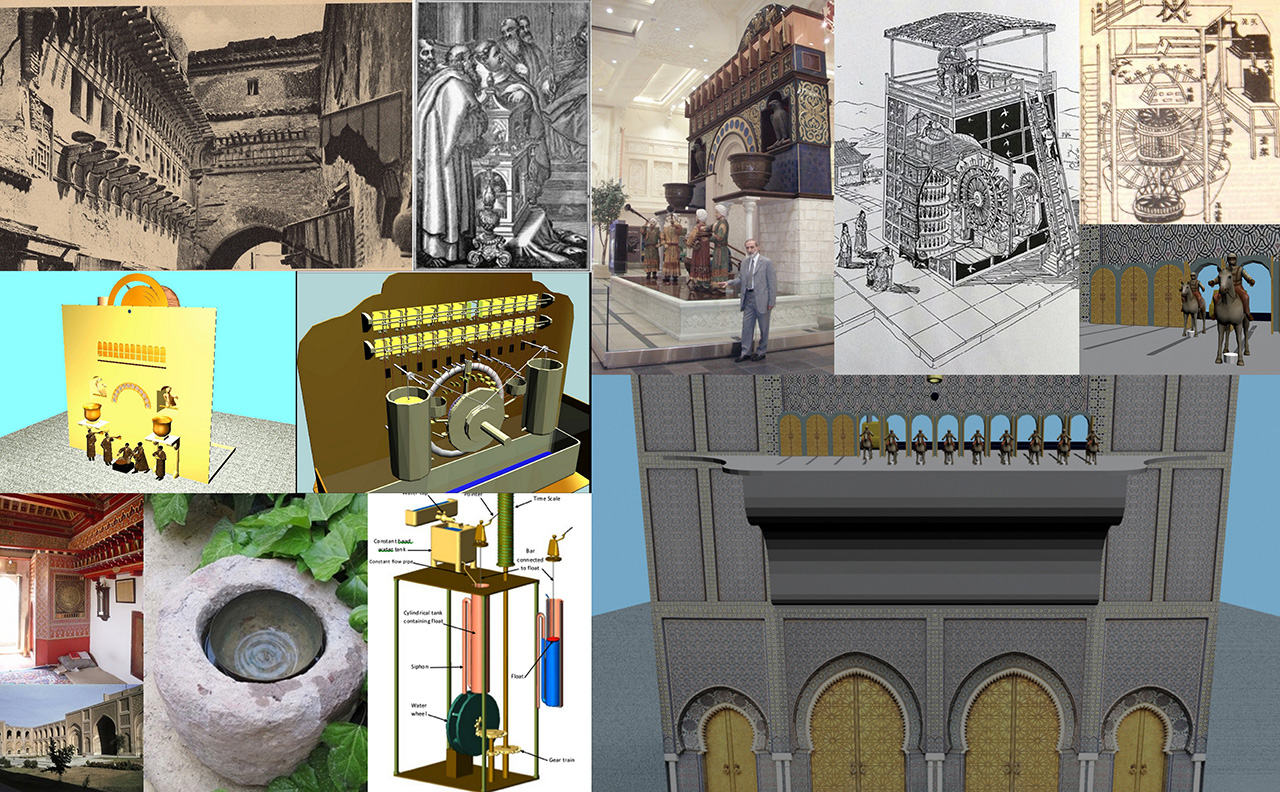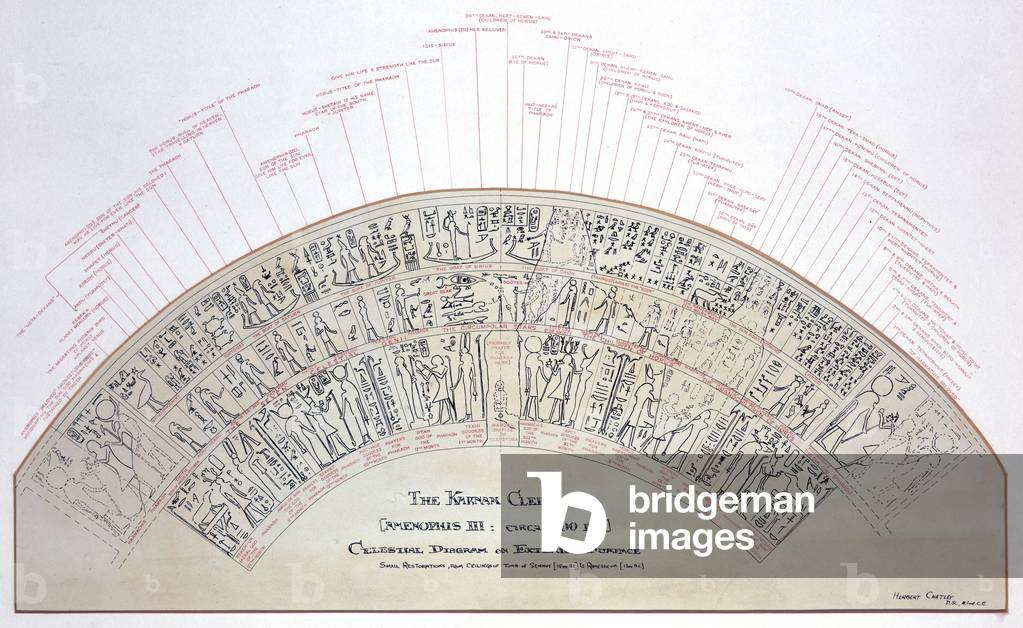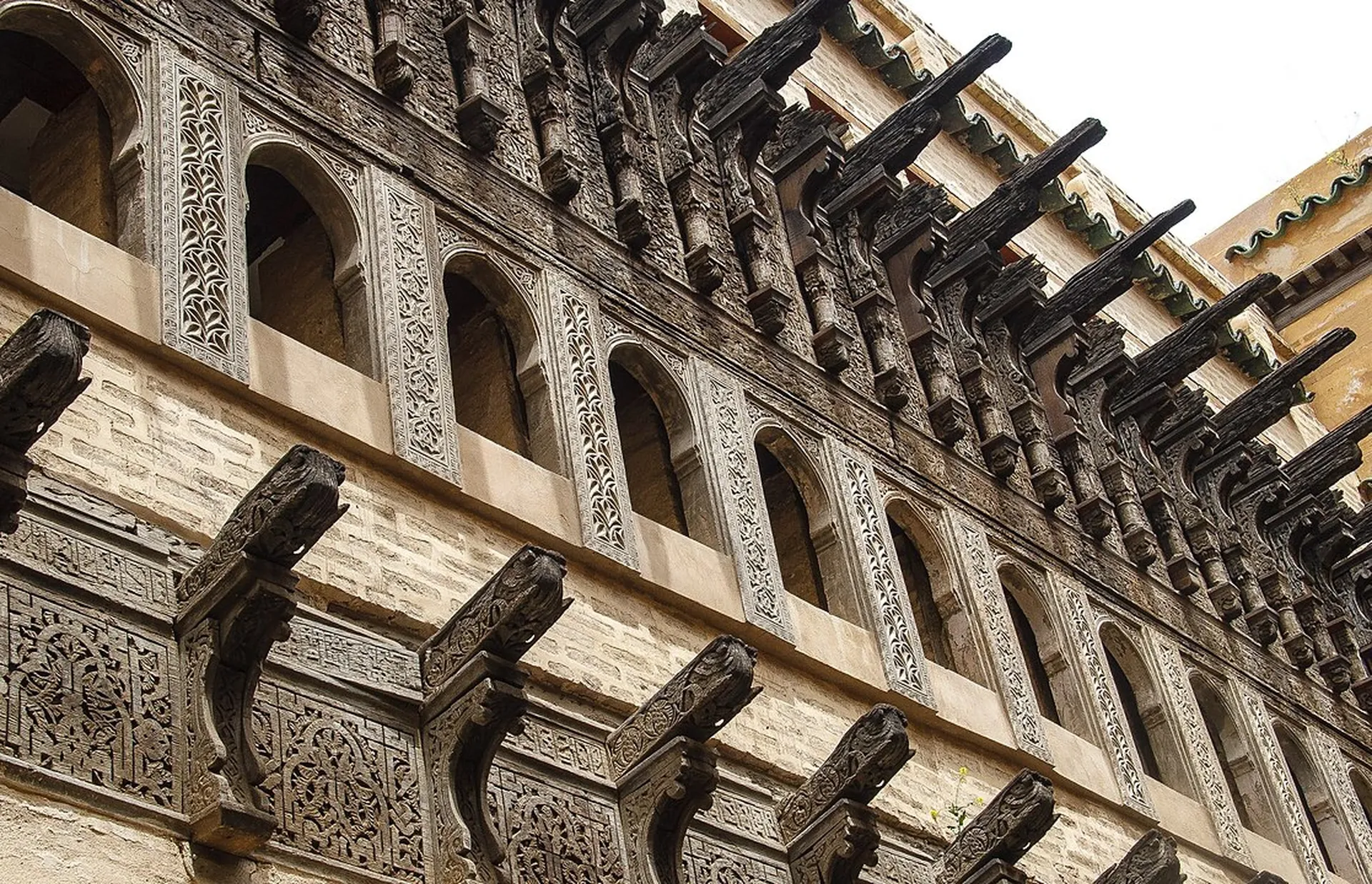- Published on
The Moroccan Traditional Water Clock Clepsydra
- Authors

- Name
- Adil ABBADI
Introduction
In the heart of Morocco's ancient medinas, surrounded by winding alleys and vibrant souks, lies a hidden treasure of a bygone era – the traditional water clock, or Clepsydra. This ancient time-keeping device has been a cornerstone of Moroccan culture for centuries, silently marking the passage of time with precision and elegance. In this blog, we'll delve into the intriguing history, mechanics, and significance of the Moroccan Clepsydra, a true marvel of ancient innovation.
- What is a Clepsydra?
- History of the Moroccan Clepsydra
- How Does a Clepsydra Work?
- Types of Moroccan Clepsydras
- Significance of the Clepsydra in Moroccan Culture
- The Clepsydra in Modern Times
- Conclusion
- Experience the Ancient Charm
What is a Clepsydra?
A Clepsydra is an ancient type of clock that measures time by the flow of water from one container to another. Also known as a water clock or hydraulic clock, this ingenious device has been used for centuries to keep track of time, with the earliest recorded use dating back to ancient Babylon around 1500 BCE.

History of the Moroccan Clepsydra
The Moroccan Clepsydra has a rich history that spans centuries, with the first recorded use in the country dating back to the 12th century. During this time, the Clepsydra was an essential tool for astronomers, who used it to calculate the correct time for prayer and to observe celestial bodies. The Moroccan Clepsydra was particularly famous for its accuracy and beauty, with intricately decorated clocks adorning the walls of mosques and madrasas.
How Does a Clepsydra Work?
The basic mechanism of a Clepsydra is surprisingly simple yet effective. The clock consists of two containers, one above the other, connected by a narrow channel. The top container is filled with water, which slowly flows into the bottom container, marking the passage of time. The flow of water is calibrated to correspond to a specific unit of time, such as an hour or a minute, allowing the user to accurately tell the time.

Types of Moroccan Clepsydras
Over the centuries, Moroccan craftsmen have developed several variations of the Clepsydra, each with its unique design and features. Some of the most notable types include:
- Madrasa Clepsydra: These clocks were typically found in Islamic schools and featured intricate carvings and calligraphy.
- Mosque Clepsydra: These clocks were installed in mosques and were often decorated with geometric patterns and Arabic script.
- Palace Clepsydra: These clocks were reserved for the royal palaces and featured ornate designs and precious materials such as gold and silver.

Significance of the Clepsydra in Moroccan Culture
The Moroccan Clepsydra holds a special place in the country's cultural heritage, symbolizing the nation's rich history, Islamic traditions, and intellectual curiosity. The Clepsydra represents a golden age of innovation and learning, when Moroccan scholars and craftsmen made significant contributions to astronomy, mathematics, and architecture.
The Clepsydra in Modern Times
While the Clepsydra has largely been replaced by modern time-keeping devices, it still holds a special significance in Moroccan culture. Many historical Clepsydras have been restored and are on display in museums and cultural centers, serving as a testament to the country's rich heritage. In addition, modern Moroccan craftsmen continue to create beautiful and functional Clepsydras, blending traditional techniques with modern materials and designs.

Conclusion
The Moroccan traditional water clock, Clepsydra, is a remarkable example of ancient ingenuity and innovation. Its intricate mechanism, beautiful designs, and rich cultural significance make it a true treasure of Moroccan heritage. As we marvel at the Clepsydra's beauty and precision, we are reminded of the importance of preserving and celebrating our cultural heritage, ensuring that future generations can continue to appreciate and learn from the past.
Experience the Ancient Charm
Visit Morocco's historic cities, such as Fez and Marrakech, to discover the beauty and significance of the Clepsydra up close. Marvel at the intricate designs, learn about the history and mechanics, and experience the ancient charm of this unique time-keeping device.
